We were talking with some friends the other night about the cost of living in Puerto Rico and it made me think of all the various categories that would go into calculating that. Overall, I would say cost of living can be roughly estimated through statistics but it also depends on your lifestyle and budget. Many costs are dependent on a lot of factors including what people consider wants or needs. For us, once we have settled down and have our main capital improvements done, we should be able to live on less than $1000/month give or take which is quite a bit less than what we lived on in Colorado. So, here is how it breaks down at least compared with Colorado. Other places in the US will have higher or lower costs of living.
Housing (Rent/Mortgage)
Housing costs in Puerto Rico are dramatically lower than in Colorado. There are some pretty fancy and expensive houses, but in general, you could easily buy a decent sized house for around $100,000, especially outside of the tourist towns and San Juan. The majority of Puerto Ricans own their homes outright without a mortgage. This is the reverse in the states. Rent is also much lower in PR than in Colorado. Even in the tourist towns like Rincón, people can rent long-term for between $400-$1000/month.
Overall: lower housing costs
Utilities
The two main utilities are water and electricity since people do not need natural gas lines in Puerto Rico to heat the homes or water. The municipal water cost is comparable to Colorado though it has gone up some recently. Electricity is about 3 times as expensive as in Colorado and for that reason it is smart to air dry clothes, have a propane gas stove, and run fans instead of air conditioning. If you can do that we have found electricity is actually not too much either. Plus there are lots of options with utilities such as solar energy, and rain water catchment systems. Another cost that may go into utilities are backup systems in the case of outages that occur from time to time especially in the rainy season. Trash pickup is free whereas in Colorado it was anywhere from $10-$15/month. Other optional utilities like Internet, Phone/cell, Cable/satellite, I have heard are pretty close to the same cost as stateside.
Overall: equivalent utility costs
Food (groceries/restaurants)
Food is definitely one area we have found is as much as double the cost as in Colorado. In general we Americans are used to very cheap food both in terms of out-of-pocket expenses as well as in quality. And while Puerto Rico is a lush tropical environment conducive to a lot of gardening and food production, the vast majority of food does not come from Puerto Rico. That raises the costs because of shipping and refrigeration needs. You can sort of figure whatever you currently pay for groceries it will be double here. Restaurant costs are not quite as dramatic and run around 1.5x the price, especially the chains like Macaroni Grill, Wendy’s, and so on. For instance a large salad at Wendy’s in Colorado was around $5 and here it is about $7. Something you can do to lessen these costs is to grow/raise or fish for at least a portion of your food needs.
Overall: higher food costs (unless growing your own)
Clothing/Non-food items
Clothing wears out a lot faster here due to the warm climate, but clothing overall is fairly inexpensive and you don’t have to have such a wide variety of clothing because of the stability in climate. I have not been able to find a good secondhand store yet and so buying secondhand is left more to word of mouth or through the clasificadosonline.com system. All the major corporations (except Target) are on the island such as Kmart, Sams and Walmart, Sears, JCPenney, Home Depot and even Ikea. Prices for these non-food items in these box stores are relatively close to what they were stateside. You can also buy online, though shipping is sometimes more expensive or not available to Puerto Rico.
Overall: lower or equivalent clothing/non-food costs
Transportation
Vehicles are a little more expensive because there is an import tax on every vehicle that enters the island. The used vehicle market is much closer to stateside prices. Every vehicle is required to have a “marbete” sticker which is essentially both the registration and liability insurance and runs about $100/year. This is much lower than the combined price of registration and insurance in CO. Gasoline prices are about the same. Some roads are toll roads. There is very little public transportation on the island and it is really hilly without many bike lanes or consistent sidewalks which makes alternative transportation somewhat difficult.
Overall: equivalent depending on transportation needs
Schooling
This one doesn’t apply to us as we don’t have children. But many of our friends have chosen private schools over the free public ones because the public schools don’t have the best reputation in terms of scholastic achievement. A private school can run anywhere from $200-$500 (or more?) per month per kid depending on the school and the age group. Higher education is purported to be pretty inexpensive and many Puerto Ricans take advantage of this and so there is a large number of highly educated people here.
Overall: more expensive if used to public school, but less expensive than stateside private schools
Taxes
Residents of Puerto Rico do not have to pay Federal Income taxes on income derived in Puerto Rico. However, there is an income tax on Puerto Rico income that I have heard can be pretty high. Property taxes are practically non-existent (we pay only $40/year compared with about $1000/year in Colorado). Sales taxes are relatively new and only started within the last decade. However, cash is still king here and many small businesses don’t have ATH (credit card) machines and may, or may not, charge you the tax (IVU).
Overall: less expensive
Health care
Health care is MUCH less expensive in Puerto Rico as compared to the U.S. This topic could warrant a whole post in and of itself, but suffice it to say that whether you get insurance or not, health care costs are DRAMATICALLY less here (for instance, if a procedure/hospital visit were to cost $50,000 in the states, it would be closer to $1000 here, and that’s without insurance).
Overall: much less expensive
Entertainment
Movies, bars and clubs, sports and whatever activity you are into are all available in PR for roughly the same price. Movies are usually in English with Spanish subtitles and cost about 3/4 what they would in most states. Beer/alcohol is a little more expensive along the same line as food. And the beach is always free!
Overall: equivalent
Jobs/Labor/wages
This is the one area that may make it more difficult to live in Puerto Rico if you are used to traditional job structure. In Puerto Rico the official labor participation rate is very low, unemployment is high and the official income per capita is only around $15,000. However, Puerto Rico does many things “off-the-books” and there is a lot of economic activity that is not recorded. If you come here with a source of income, are savvy to find your niche, and keep your expenses in check, you can make it here and there are lot of opportunities hiding in wait.
Overall: fewer jobs and lower pay
Cost of living is a hard thing to pin down because it will depend greatly on the person, and in Puerto Rico it can be higher in some aspects and lower in others. The costs I would say are overall less, but because there aren’t as many high-paying jobs it makes it harder for people to up and move without some major consideration and for that reason it sort of equals out. For us, we came with a source of income that matches our needs here and the lower cost of living definitely helps us. It fits us great and we love living here!

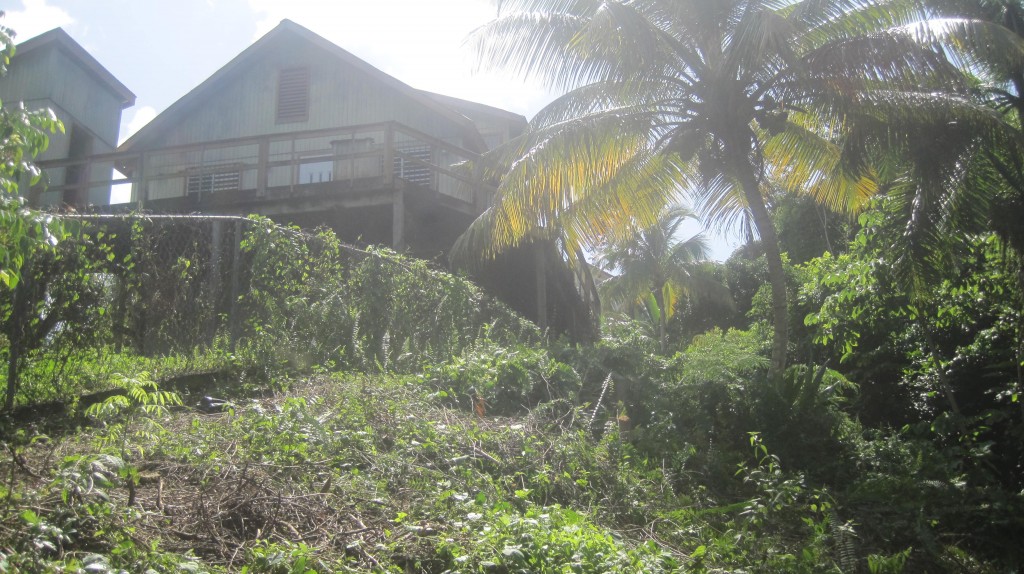
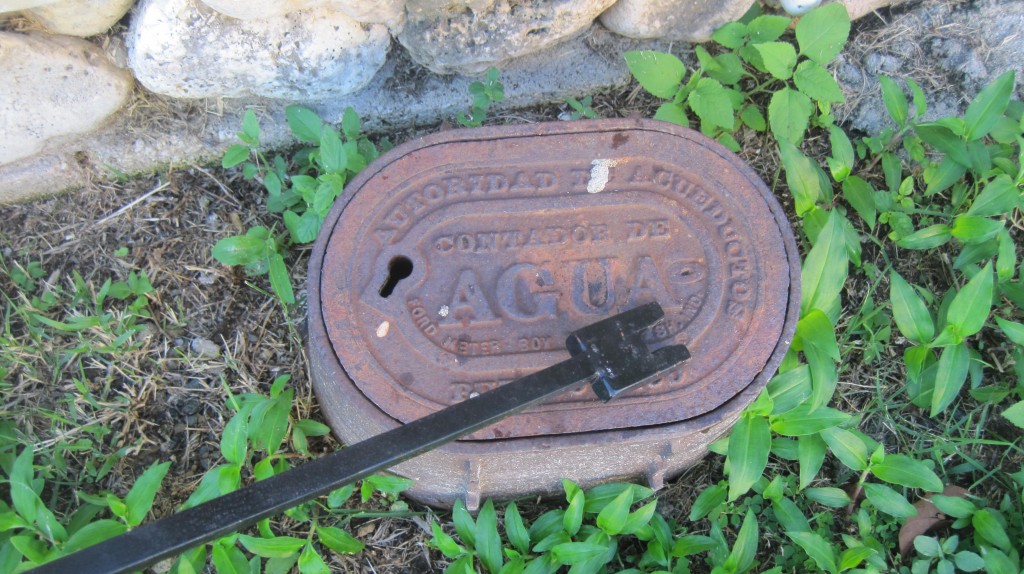

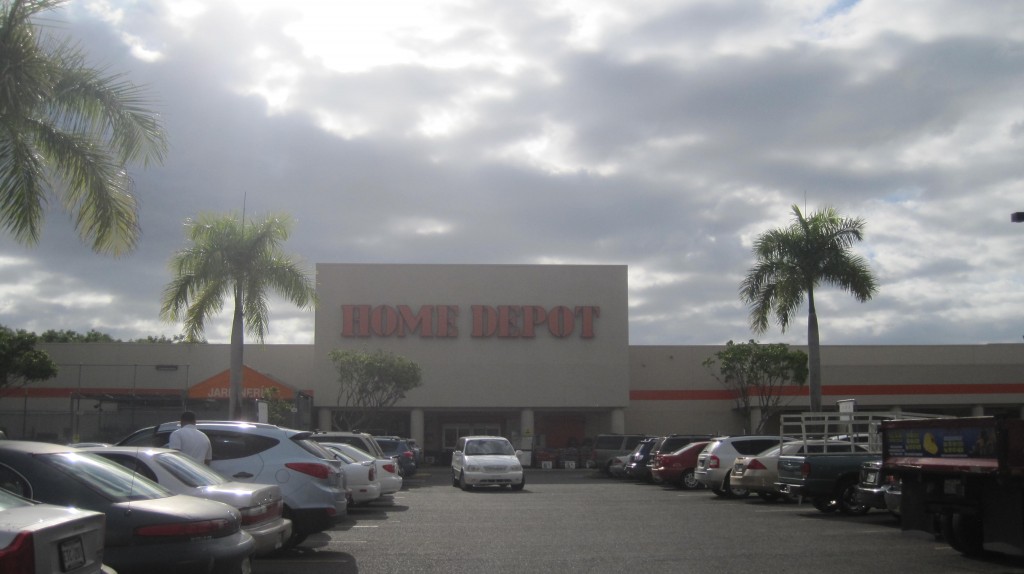
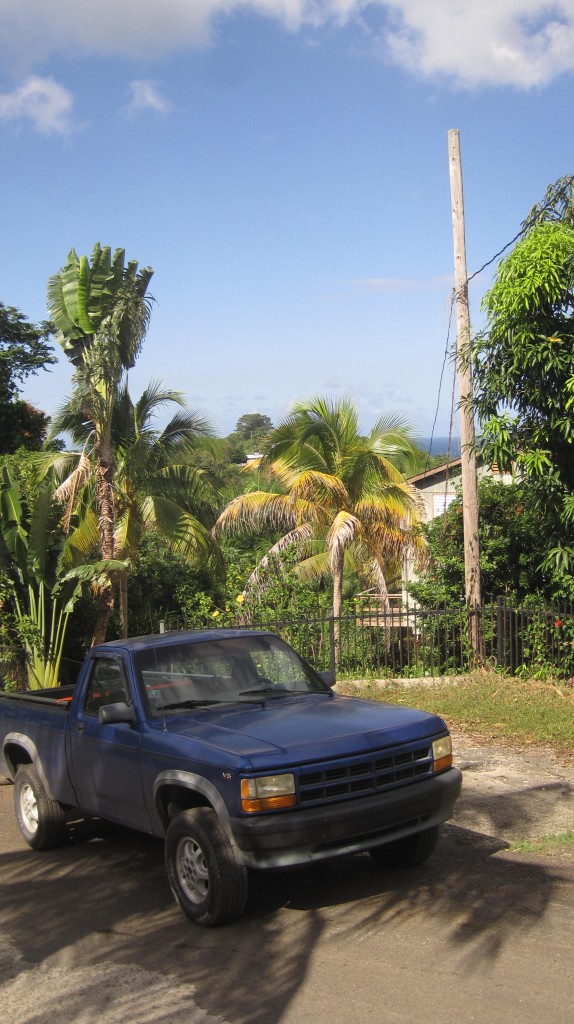
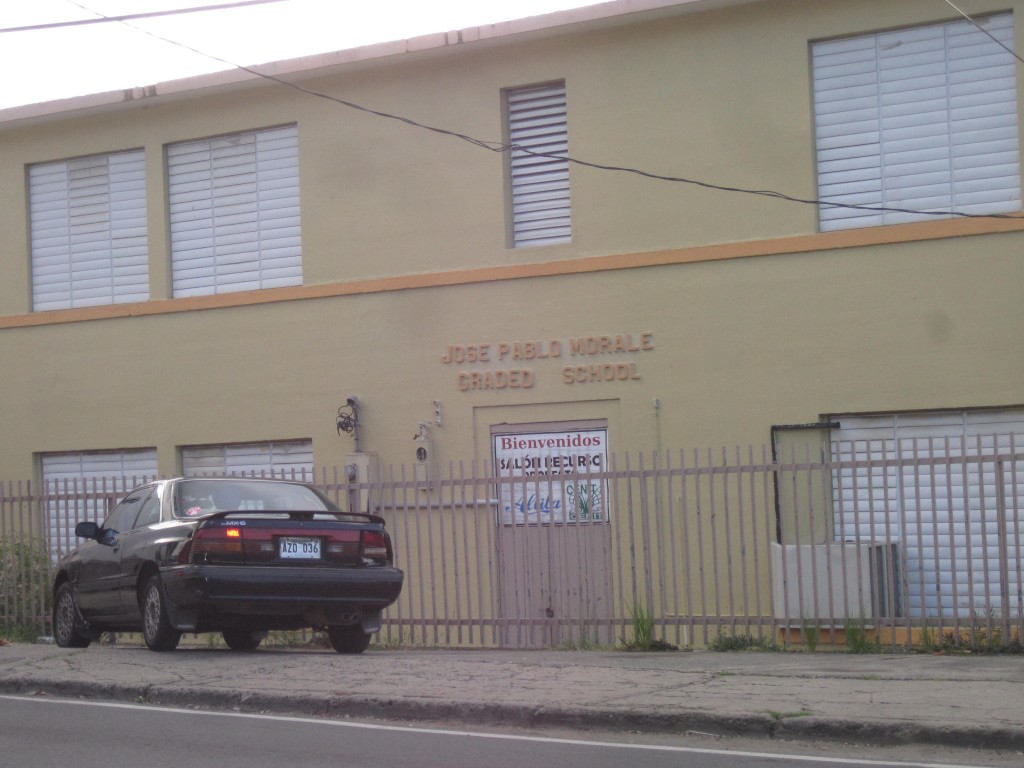
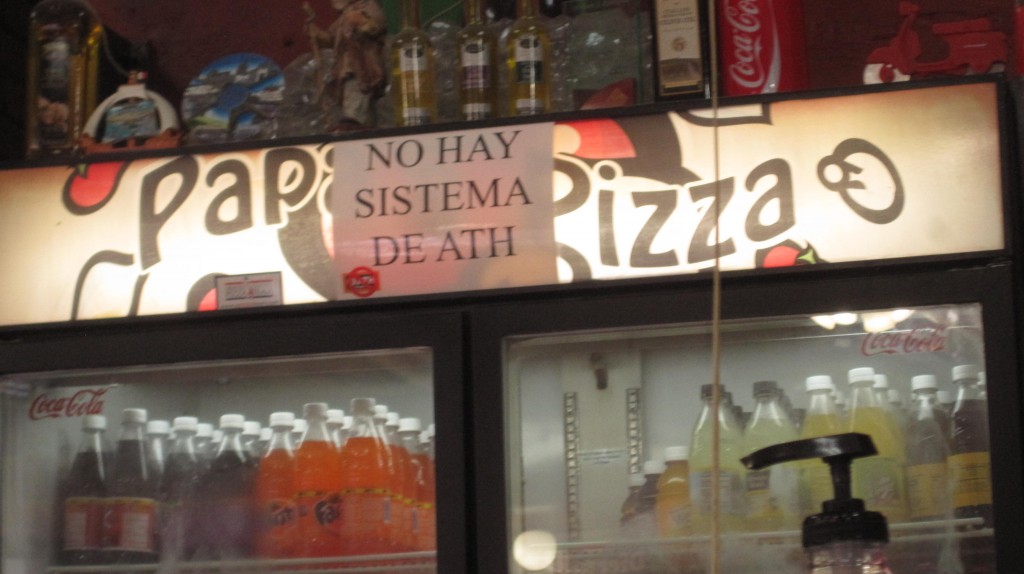
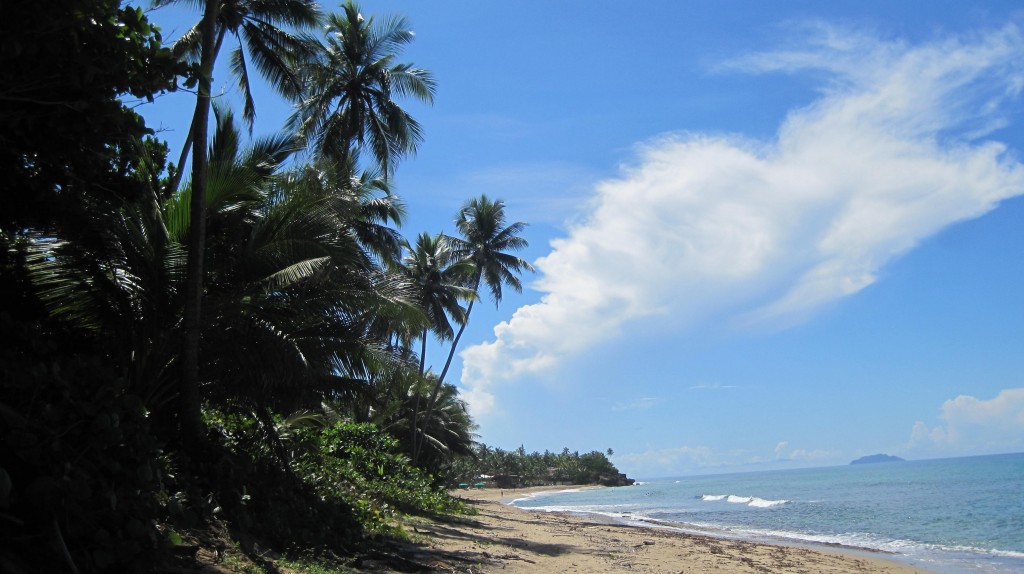
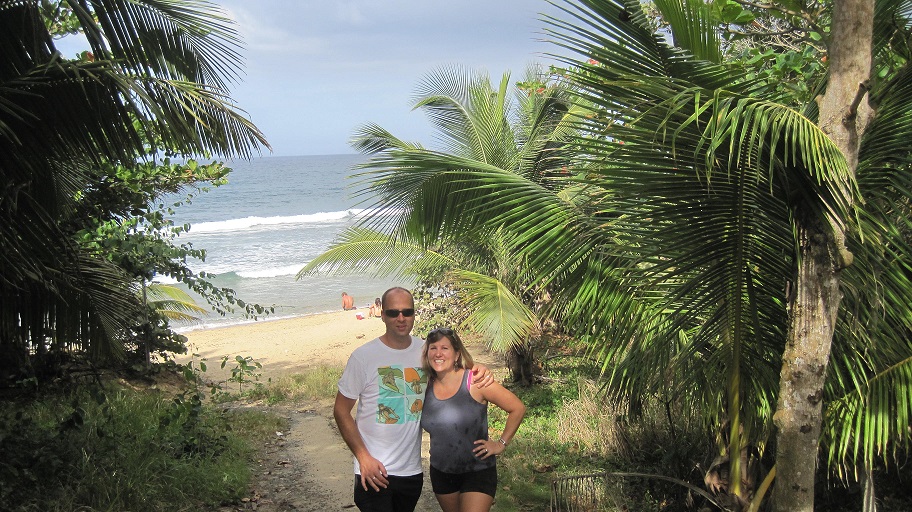
My husband and I lived for 20 years in Hawaii and now split our time between P.R. and L.A.. If Miriam thinks there is no longer litter in the U.S. she has not been to L.A. The sides of the freeways are covered in litter. My husband and I are very involved in animal rescue and as previous posters noted there is a big contingent of people in the Rincon/Aguadilla area working to lessen the number of strays. We see progress. There is chicken fighting in Puerto Rico just as there is in Hawaii. What I have not heard about is dog-fighting which occurs in both Hawaii and L.A. along with much of the southern U.S. There is no place that is animal cruelty free. We must work together in that direction and not just say we are not going to live somewhere because something is going on we don’t like. Get out and do something about it. We also agree with all the posters who feel the west side of P.R. is the best. We love it!
Great Article, Thank you. I lived in Costa Rica and still have a house there. I would like to give a go at Puerto Rico. The prices are low right now and I don’t think it will always be that way. I will keep a place in South Florida because I really like the climate and ability to sail in calm waters. The information in this article is so much better than the typical one sided real estate or corporate answers. I have no doubt there are the typical inconveniences and crime, but it’s just too beautiful to pass up.
The GDB report notes that the country struggles with high unemployment, high poverty rates, decreased competitiveness and decreased tourism numbers. What does all this mean for would-be retirees heading to Puerto Rico? Like any country dealing with serious economic trouble, Puerto Rico faces an uncertain future. For now, sitting on the sidelines while the government attempts to restructure its debt might be the best bet. Retirees ready to give it a go despite the economic uncertainty can always plan their retirement move on a short-term or “trial” basis.